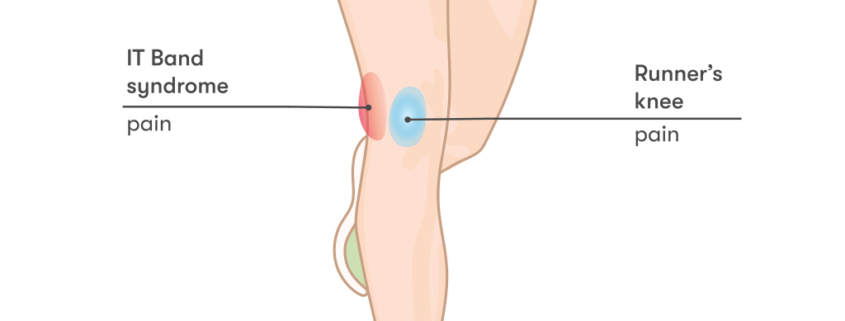Runner's Knee

Overview
Runner’s Knee, scientifically known as Patellofemoral Pain Syndrome (PFPS), is a common condition mostly experienced by athletes, particularly runners. Landing to approximately 42% of all overuse injuries, this disorder manifests as pain around or behind the kneecap. Despite its name, it doesn’t only affect runners, but also other active individuals engaging in activities that put repetitive stress on the knee joint.
Types
Runner’s Knee typically falls into two categories:
1. Patellofemoral Pain Syndrome (PFPS): Characterized by pain at the front of the knee and around the kneecap.
2. Iliotibial Band Syndrome (ITBS): Pain specifically on the outside of the knee, often caused by tightness or inflammation in the iliotibal band that runs down the outside of the thigh.
Causes
Runner’s Knee can be caused by a variety of factors, including:
– Overuse: Increased activity level or intensity can lead to inflammation and pain.
– Misalignment: If bones are slightly out of their correct position, this can lead to abnormal stress on the kneecap.
– Trauma: Direct hits to the knee can trigger Runner’s Knee.
– Weak or imbalanced thigh muscles: These can impede the way forces are distributed through the knee, leading to injuries.
– Foot problems: Flat feet or other foot issues can contribute to Runner’s Knee by affecting knee alignment.
Symptoms
Patients with Runner’s Knee often report:
– Pain behind or around the kneecap, particularly when bending the knee
– Pain that gets worse when walking downhill or downstairs
– Swelling around the knee
– Feeling of instability or the knee giving out
Diagnosis
Diagnosis of Runner’s Knee typically involves a physical exam, medical history review, and occasionally imaging tests like X-rays or MRIs. The doctor may ask about your symptoms, check for tender areas, and examine your knee movement to pinpoint the issue causing the pain.
Treatment Options
Treatment options for Runner’s Knee aim at reducing pain and promoting healing:
– Rest and Ice: Reducing physical activity and applying ice can help reduce inflammation.
- Pain Relievers: Over-the-counter medications can be used to manage pain.
– Physiotherapy: Special exercises to strengthen the muscles around the knee can help alleviate stress on the joint.
- In extreme cases, knee surgery might be considered for instances where conservative treatments do not offer relief.
Living With Runner’s Knee
Managing Runner’s Knee includes:
– Regularly engaging in knee-strengthening exercises
– Modifying activity levels to avoid overuse
– Wearing appropriate footwear with good arch supports
– Using knee support like taped patella or knee braces, if advised by a professional.
When to Seek Help
Immediate medical attention should be sought if:
– The knee pain persists or worsens even after self-treatment.
– There is notable swelling around the knee.
– The knee turns red, warm, and feels painful to the touch.
– There is difficulty bearing weight on the affected knee.
It’s vital to seek professional help to ensure the correct diagnosis and treatment plan. Although Runner’s Knee might be common, self-diagnosis can lead to incorrect treatment, exacerbating the condition.
Runner’s Knee is a common but manageable condition that affects mainly athletes. Early recognition, correct diagnosis, and effective treatment can significantly alleviate symptoms and promote return to normal activities.
